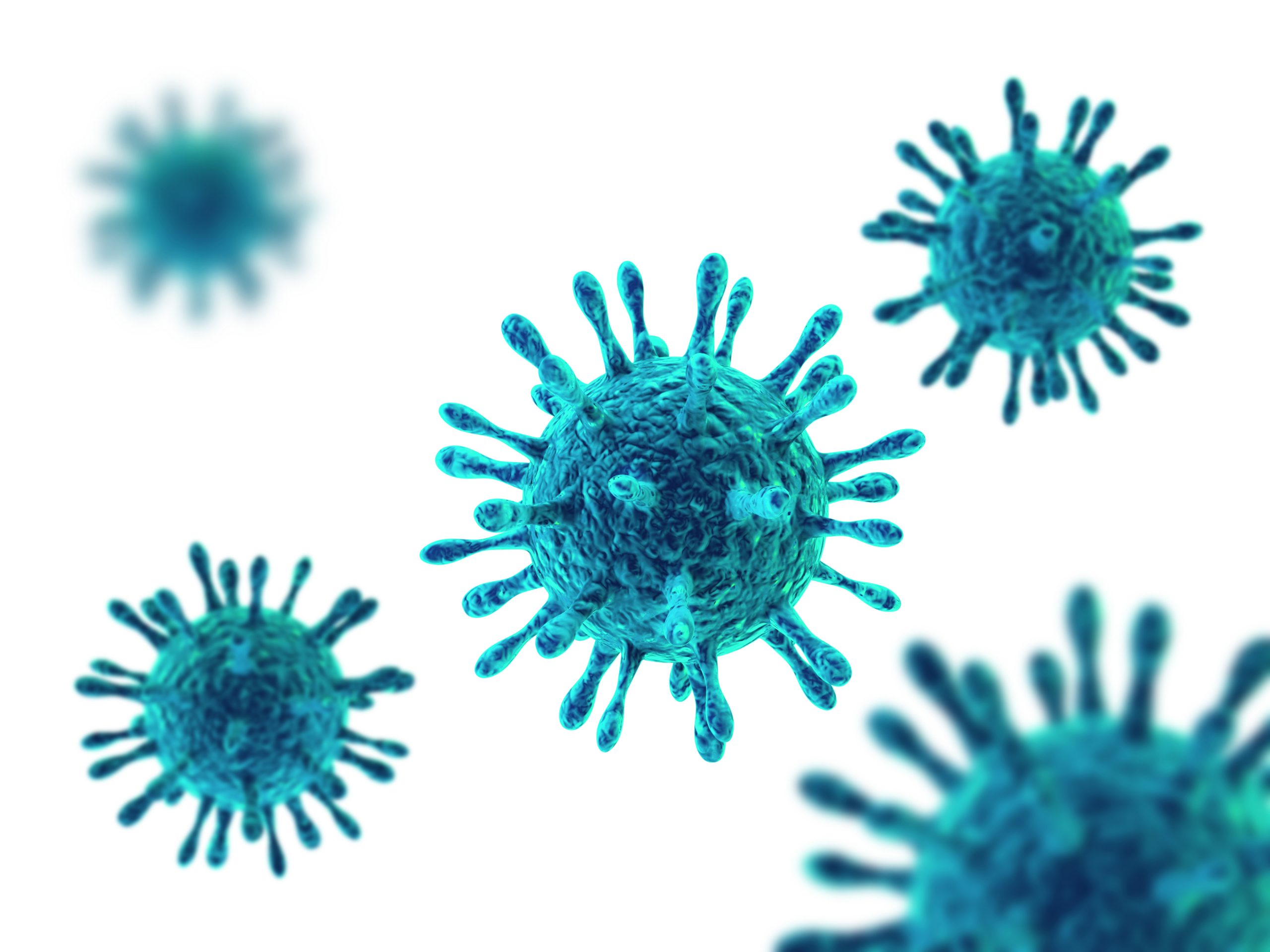Molybdenum: 10 Key Points to Master
Molybdenum is an essential mineral we are only beginning to learn more about. This article looks at what we know and what new research has revealed. Mo is indicative of methylation pathways and is closely aligned with Zinc. Understanding Mo's close relationship with Copper is important - it can be used to reduce Copper levels. Mo Antagonists: Ca, Cu, S, Hg, WMo Synergists: Ca, Na, Fe, Se, Co, Vit D, B1,...
Emotional Aspects of Sodium & Potassium
A quick reflection on Sodium and Potassium and the nervous system Increased Sodium, Potassium and Phosphorus Disturbances in sodium and potassium metabolism are commonly seen in psychiatric patients. Even minor disturbances can contribute to emotional changes, which may be reflected clinically as depression, phobias, withdrawal, repression and indecision; depending on each individual mineral pattern and other factors such as chronicity, inherited inclination, etc. Aggressive behaviour, hyperactivity and anxiety are all associated with low...
Children, Mineral Imbalances & HTMA
Undetected mineral imbalances in children and teenagers cause health, educational, behavioural and social issues. Many of these are preventable and can be minimised by understanding and managing diet. Hair tissue mineral analysis is the definitive tool used by practitioners to identify nutritional imbalances and to create a treatment plan for ongoing management. In a recent (2020) Polish study[i] it was found that an adequate intake of folates, vitamin D, vitamin E,...
It’s a New Year so make HTMA Your New Year’s Resolution
As this momentous year slides to a close, we’re all looking forward to some summer holiday downtime. This year commenced on the back of nationwide drought, with devastating bushfires. By February, the bushfires were under control and COVID hit. What can one say? As practitioners, we spend much of our time giving. The simple truth is that you can’t take care of others until you take care of yourself! Since travel, dancing,...
Stress Response: What We Can Learn from a HTMA and the Mineral System?
Rick Malter, PhD A hair tissue mineral analysis (HTMA) is an excellent lab tool for assessing how a person is being impacted by stress. The mind/body stress response reflects both psychological and physical reactions that can have a profound effect on a person’s health. There are reciprocal relationships between the mind/body stress response and a person’s nutrient mineral system. The parts of a hair nutrient mineral pattern which are most significant in regard...
Viruses, Nutritional Immuno-Modulators and Metabolic Types
The immune system is a complex network consisting of cells, tissues and organs and their coordination is required to protect the body from infectious pathogens or viruses and non- infectious foreign substances. It is essential for the immune system to be at its optimum for resistance to invading pathogens and for the development of immunity. Optimisation of the immune system depends upon many factors, not the least of which includes...
Calcium – Mastering Mineral Series 1
Calcium ranks fifth, after oxygen, carbon, hydrogen and nitrogen, in the mineral composition of the human body. It makes up 1.9% of the body by weight. We require an average daily positive calcium balance of 180 mg during the first 20 years of growth. Around 99% of total body calcium is located in the skeleton. The remaining 1% is distributed evenly between the teeth and soft tissues, with only 0.1%...
Selenium – Mastering Minerals: 10 Masterful Facts
Selenium is a naturally occurring metalloid element that is essential to both humans and animals in trace amounts. Of all the elements, selenium has one of the narrowest ranges between dietary deficiency and toxic levels. The status of populations, animals and crops varies markedly around the world.17 Se AbsorptionSelenium and Glutathione PeroxidaseSelenium and inflammatory diseasesSelenium and blood sugar regulationSelenium and ReproductionSelenium and the ThyroidSelenium and the LiverSelenium and DepressionSelenium and Cardiovascular...
Magnesium – Mastering Minerals Series 1
Magnesium is the fourth most abundant mineral and is essential for good health. Approximately 600 enzymes depend upon its presence in our body in sufficient amounts.1 It affects many cellular functions including the transport of potassium and calcium ions. As well, magnesium modulates signal transduction, energy metabolism and cell proliferation. Magnesium has a huge role in bone mineralisation, cardiovascular health and the nervous and neuromuscular systems. It participates in the metabolism...
Immune System Patterns in Hair Tissue Mineral Analysis
InterClinical eNews March 2020 Special Edition The wonder of our immune systemOur immune system is miraculous and complex. Research into how it functions reveals a sophisticated security system that constantly scans the body to identify and remove any threat to our well being. Receptors associated with the immune system are concerned with interrogating the environment for evidence of danger, infection or abnormal cell death. They are also present inside the cell where...








